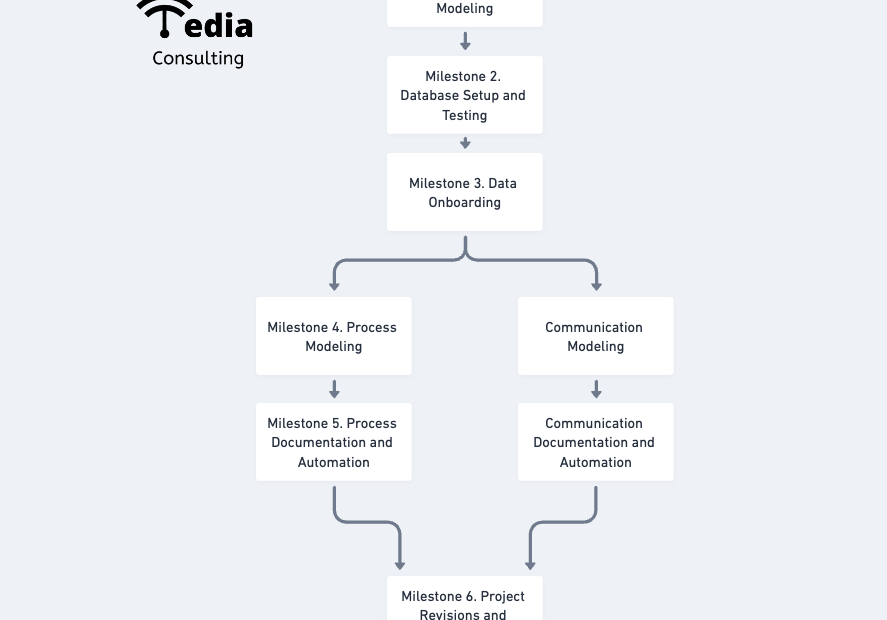If you are in the process of developing a system for your business or improving it, there is no more important activity than visualizing and modeling the data.
In many cases, the time spent modeling the data of a business actually exceeds the amount of time it takes to set up a database or automation for the business.
In very complex businesses, the modeling sessions can take full days of highly demanding collaborative work with different member of the team.
So what is so important about this activity, why do we place such a high emphasis on it, and why should you?
In order to illustrate this concept, I would like to use an example of a car breaking down and an auto repair shop now fixing the issue.
As soon as the mechanic takes a look at the car, several different possibilities go through the mechanics head. As the mechanic studies the issue closer, he pulls from the model in his head about how cars work to start fitting possibilities into that model.
The stronger the model the mechanic has about how a car works, the more likely it is that he will identify the issue correctly and solve the problem effectively.
Bringing the analogy back, your business is like a car. There are different systems and parts sending things to each other and bringing a certain outcome about.
In the car, it’s motion. In your business, it’s that sweet sound of the register going ka-ching aka profit.
But it’s essentially the same idea. The better you understand the model of how the thing works, the more effective you will be in fixing the problems that come up in it.
This is why it is worth an investment of time and money to go through your business and create a model out of it.
Once your business model is visualized or clearly defined, you can then understand what you need to do to make that model better.
So now that we established how important it is, I want to lay out a rough process (or model if you will) of modeling out your business.

If your business has a complex model, I would recommend working with a consultant to help you get this done. But if you’re a small or medium business, or if you’re looking to make a change to a smaller process within your organization, you can follow a simple 3 step process.
Step 1. Write down every step of the process from start to finish on a piece of paper or word document. For each step, add a detailed breakdown of each action item that completing that step requires
Step 2. Note conditions (item out of stock) that change the workflow and write out the modified workflow on another page
Step 3. Create a flow diagram of the whole process including possible forks, either on paper or on a diagram software (I use Whimsical)
This is an overly simplified process that will get you more clarity on a simple process. The more complex the process is, the more detail will be required and the more experience it will take to actually clarify the steps and conditions that the flow will need to follow.
I hope you now have a fresh understanding and perspective on why modeling your business processes is important, and I hope I gave you the nudge you needed to get started in a simple way.
If your business is getting out of control and you need some help, feel free to reach out and book a free 15 minute call with me here – https://calendly.com/tedia/initial
